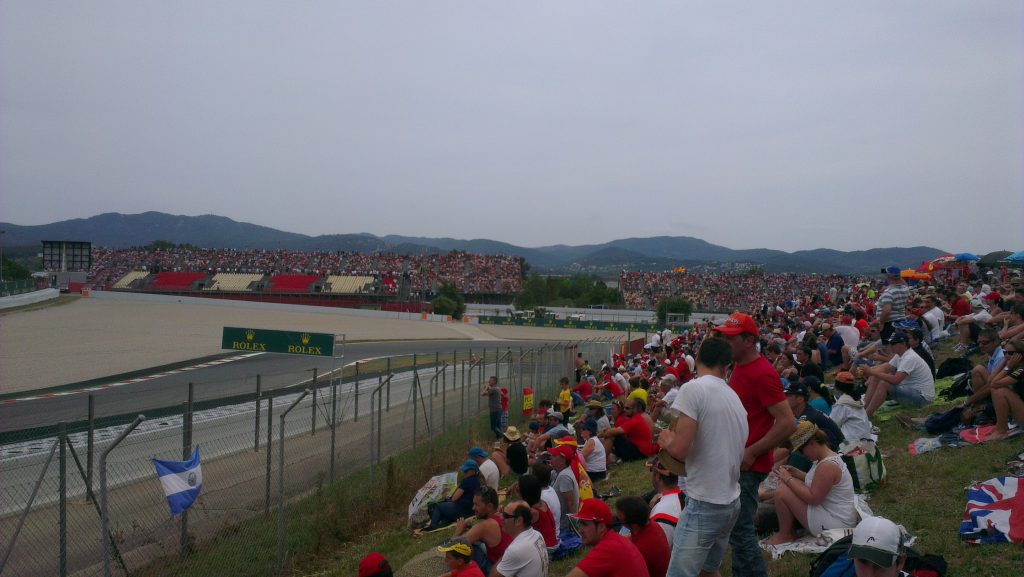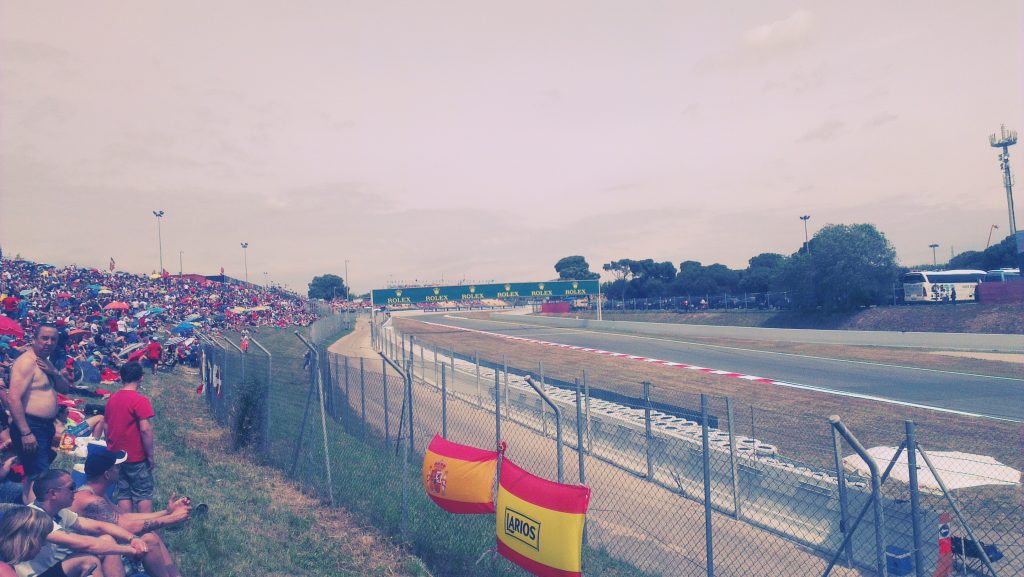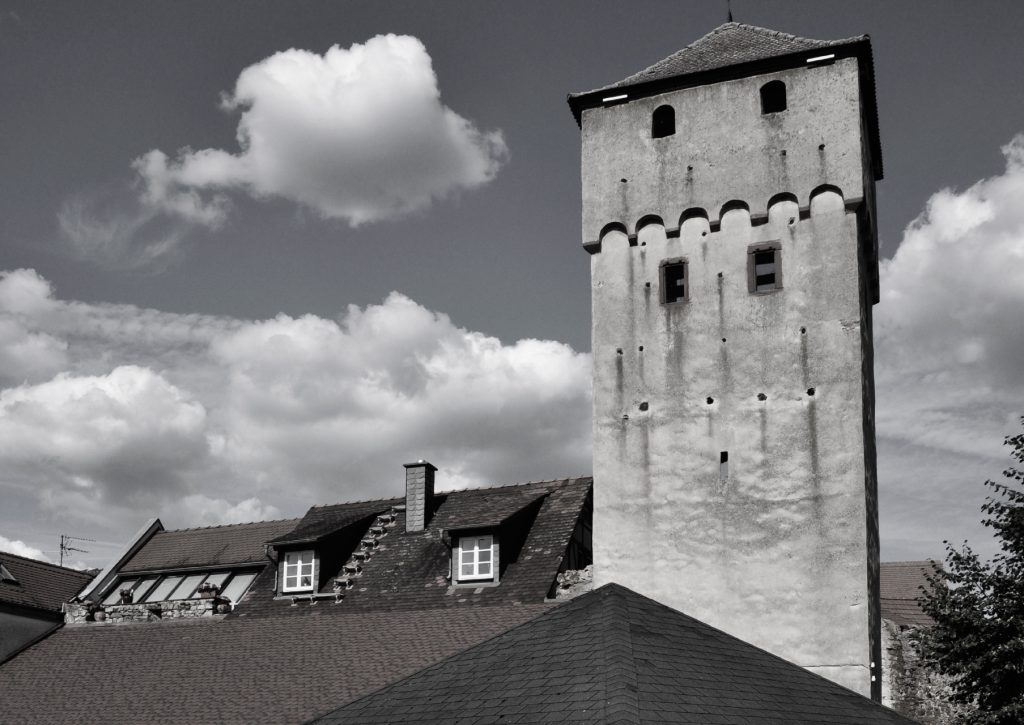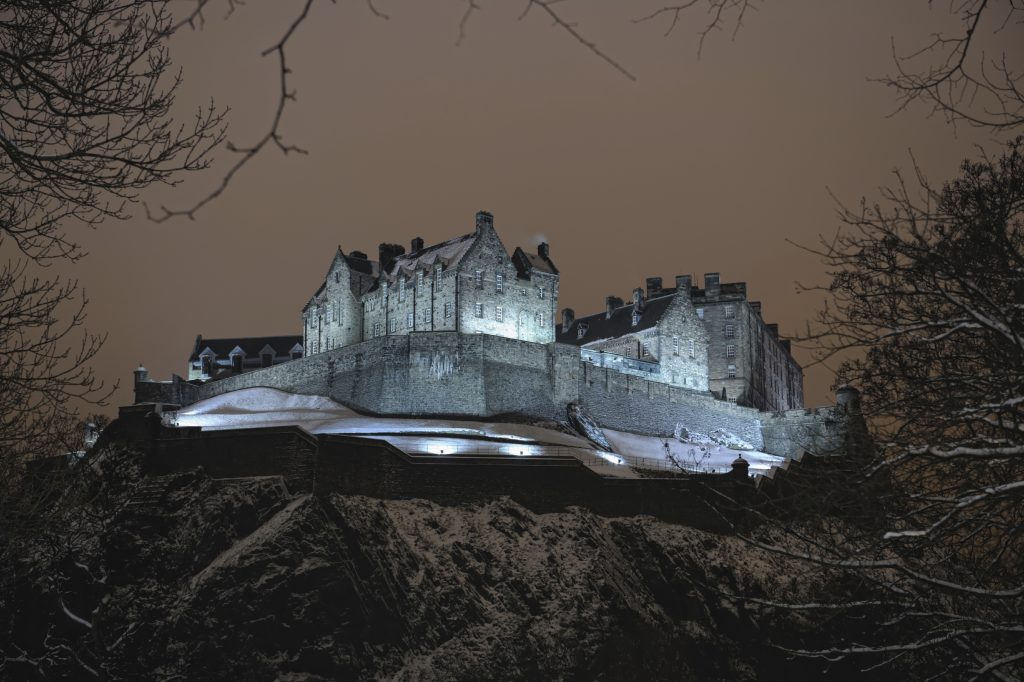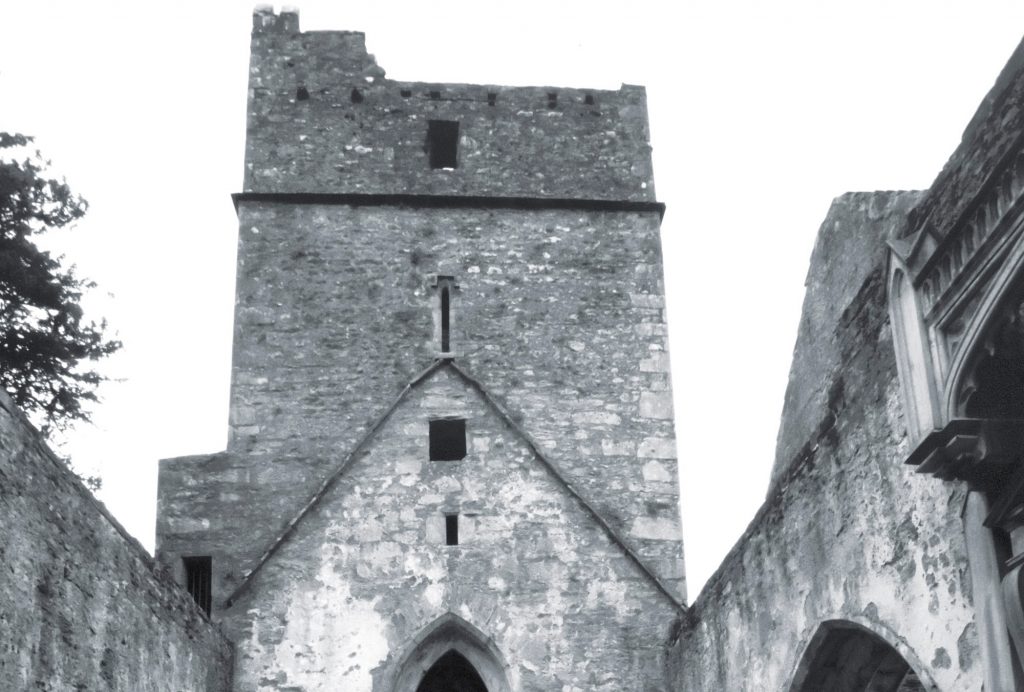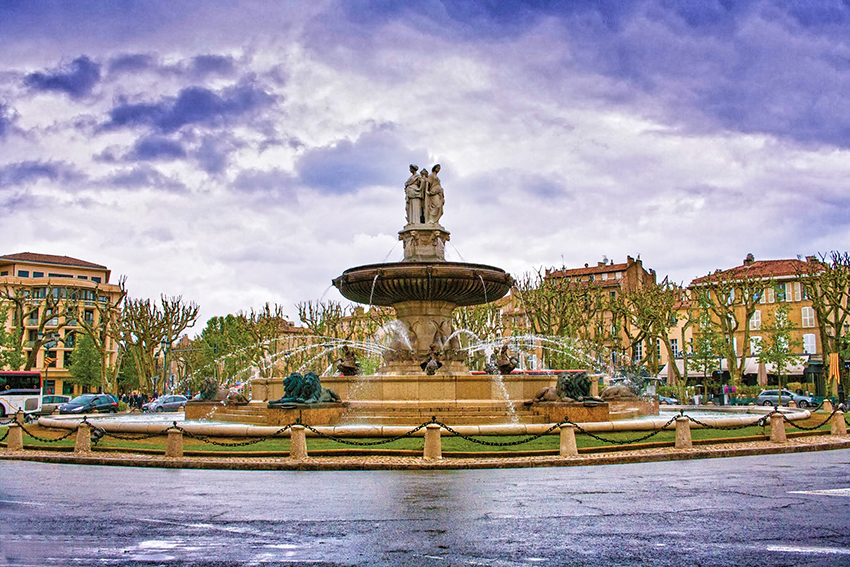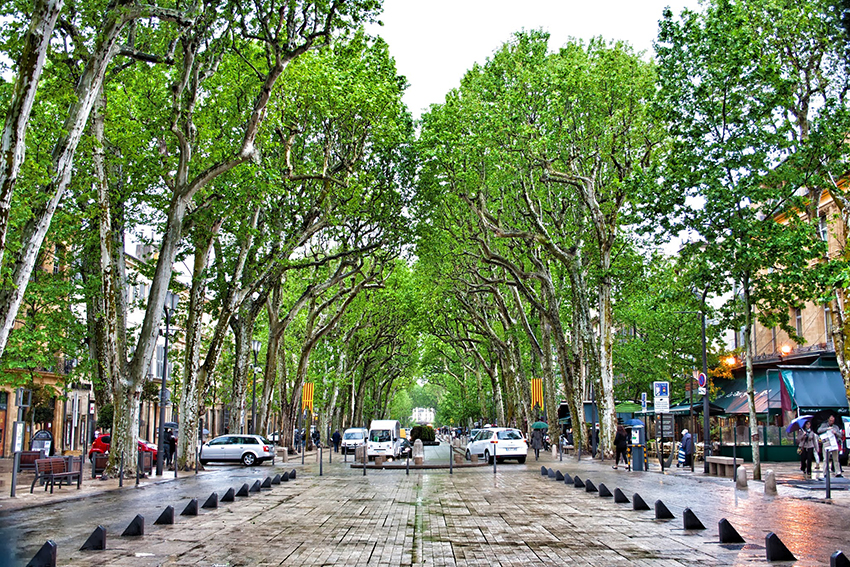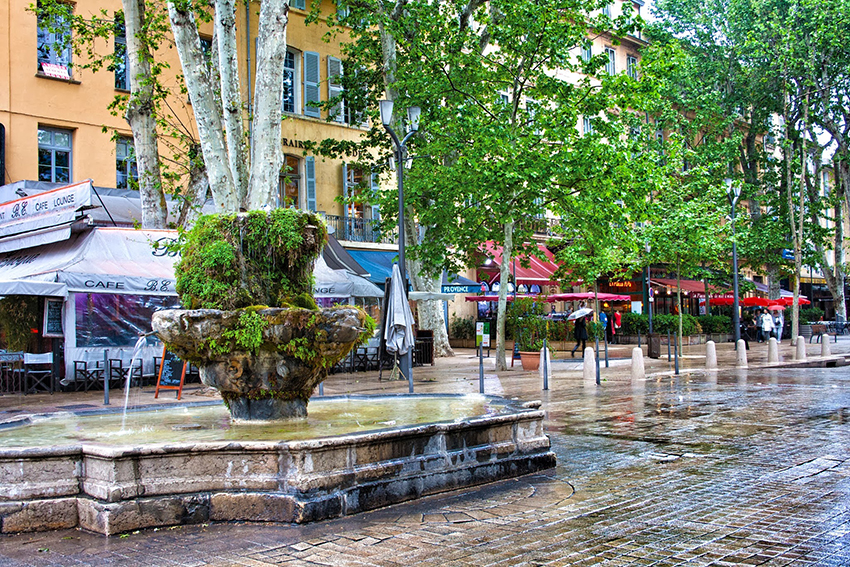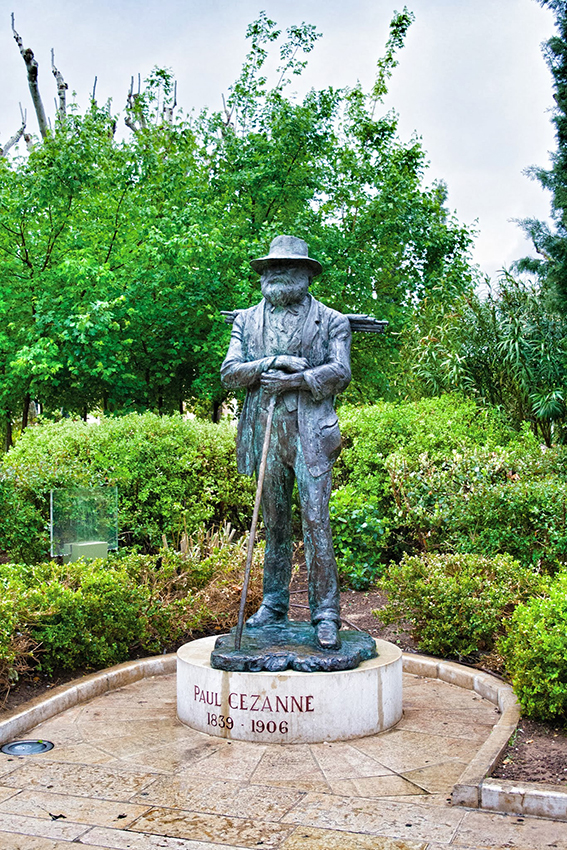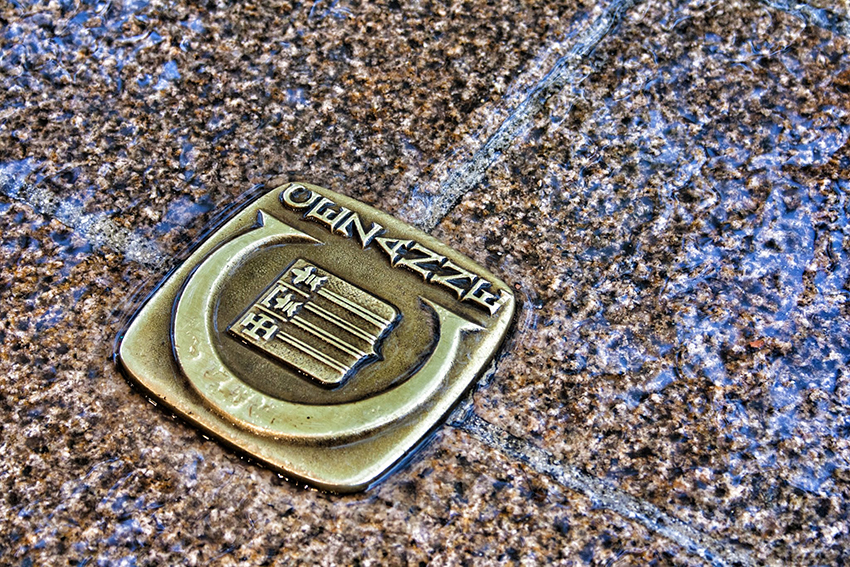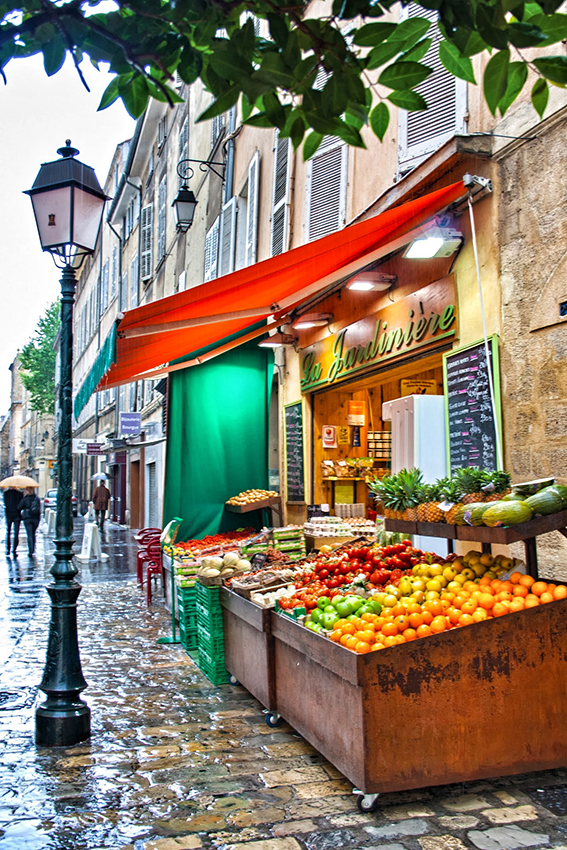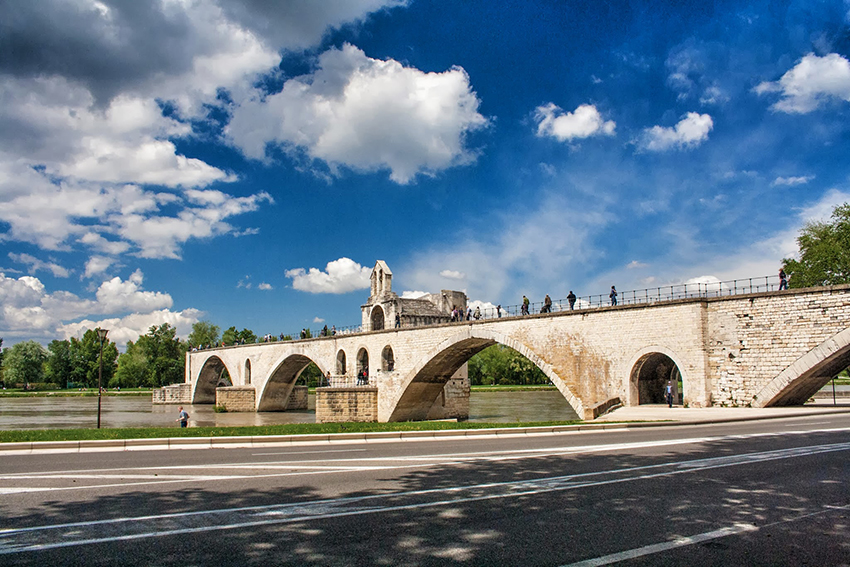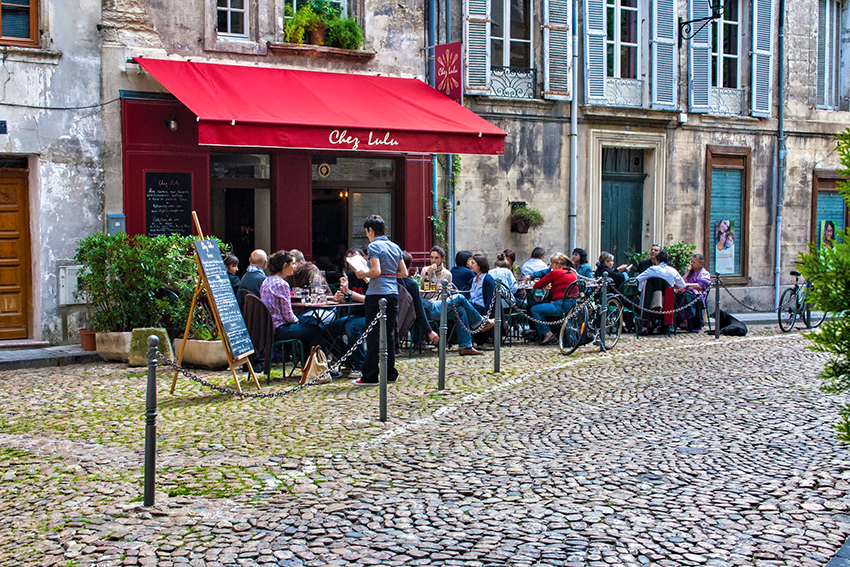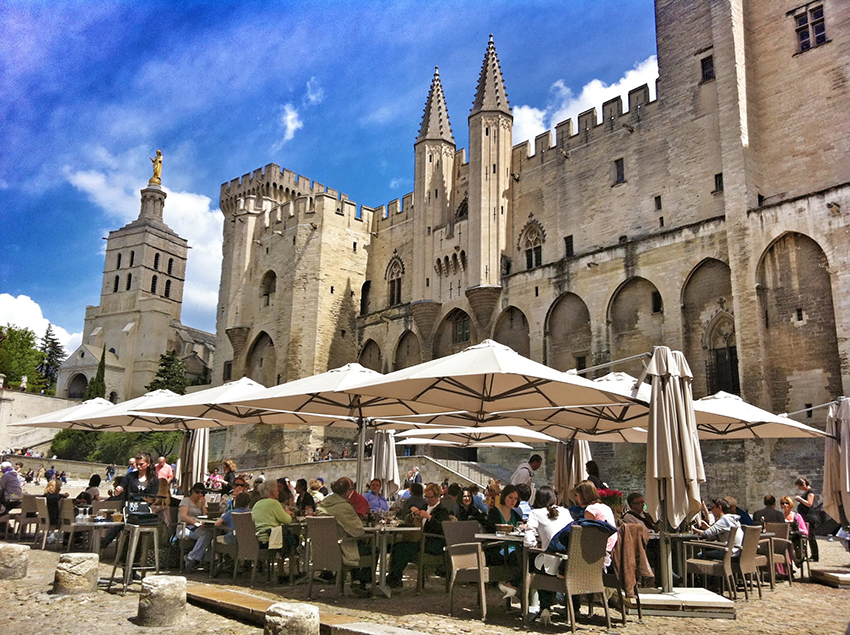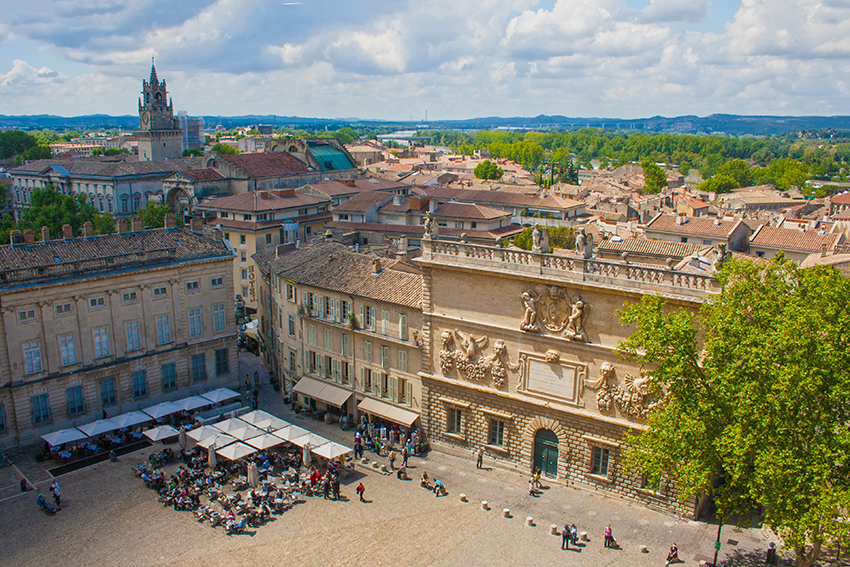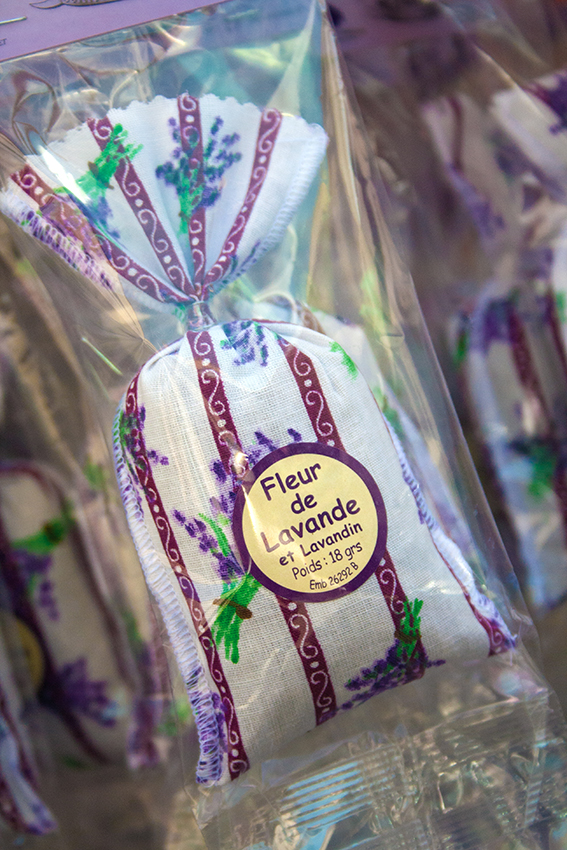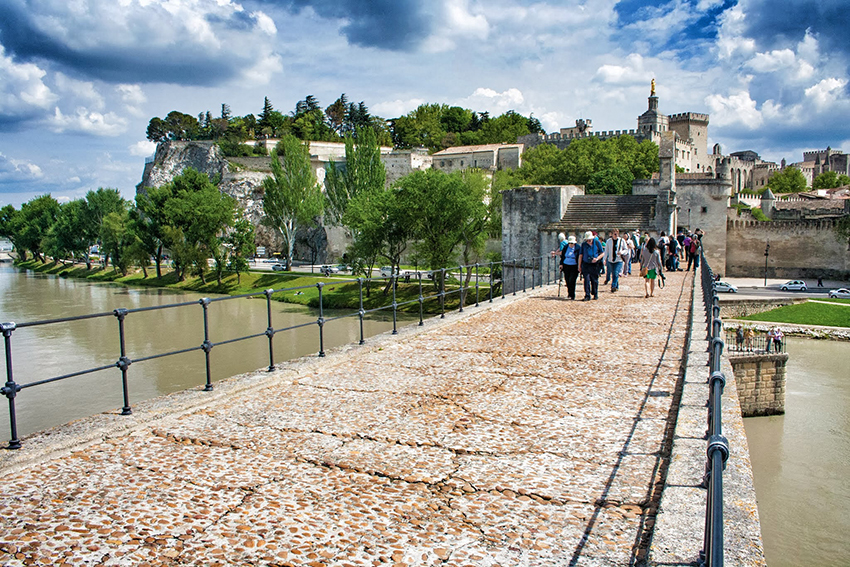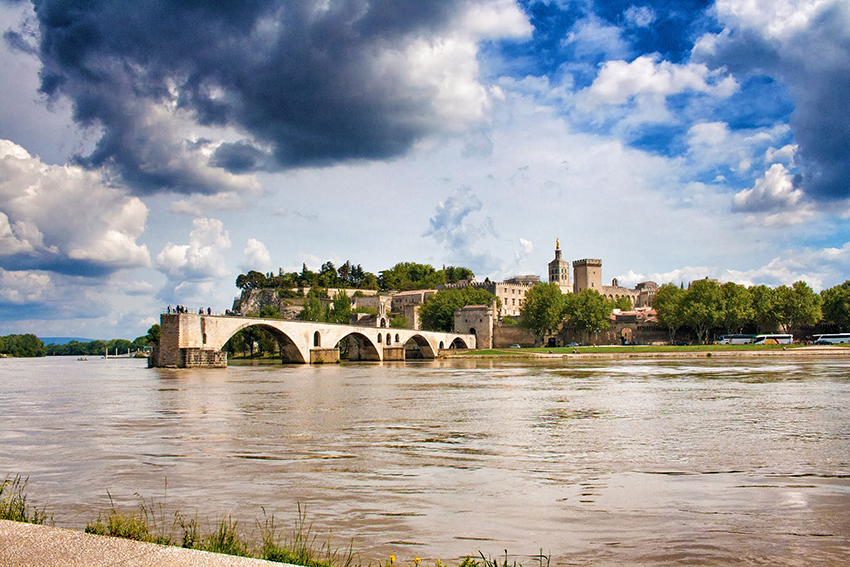Israel may not top the holiday list of many, in fact, many would not even regard it as a holiday destination. However, in 2012, visitor numbers were up by an impressive 8% and even in 2014 14.2 million people passed though Tel Aviv’s Ben-Gurion Airport.
Hailed as the Holy Land sitting on an intersection between Asia, Europe and Africa, the country has become the religious hub to Jews, Muslims and Christians from around the world. Whilst having a very complicated history, when it comes to finding a new adventure, Israel really does have it all.
You could consider the country to be a ‘rough’ diamond in the travelling stakes and with most cut and polished stones coming from Israel, it is also the world’s largest diamond centre. Above all of that, there are many unique attractions that will continue to draw tourists in from around the world. ‘Rough’ may not be the right analogy for this spectacular country but diamond most certainly is.
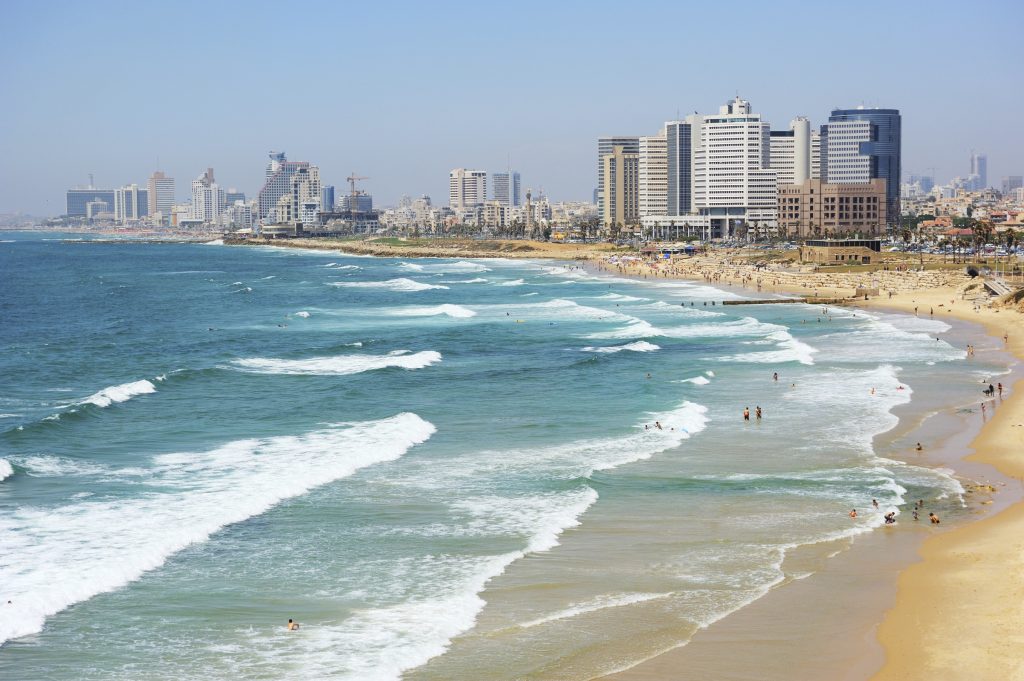
Israel boasts 137 beaches and 273km of coastline and is an ideal destination for any sun seeker. Its longest coast line runs alongside the Mediterranean Sea and with temperature average around 26â°C in the summer months. Cities along the coast such as Tel Aviv, a thriving cosmopolitan city, attract a high level of holiday makers every year.
The Three Seas of Israel
If you’re a fan of sun, sand and sea, here’s another two factors that that may be of interest to you, the Red and the Dead – seas that is. There are many unique qualities making the seas of Israel so Iconic. Each with its own diverse nature, we stop of at each sea on our Jerusalem and the Three Seas of Israel tour.
Having already touched on the Mediterranean coast, the Red Sea reaches Israel in its most southern region. It is the northern tip of the Indian Ocean and is the closest that tropical waters come to Europe.
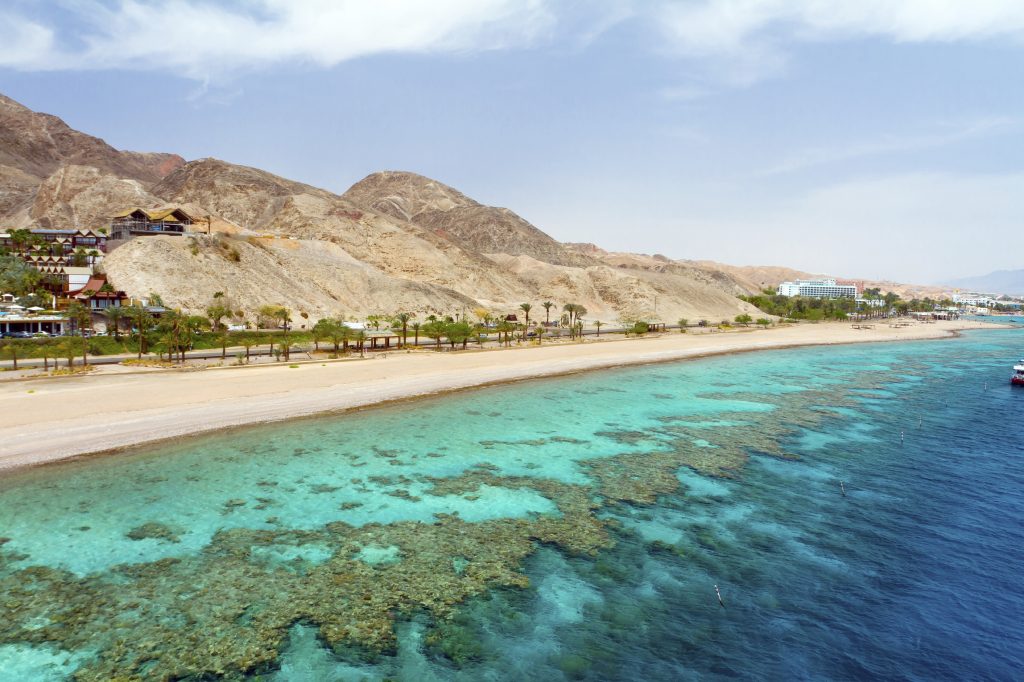
There is a spectacular coral reef just off of the coast of Eilat, with a nature reserve stretching 1,200 metres along Amlog Beach where you can see various tropical fish, types of coral and other fascinating sea creatures.
At the lowest point on earth at 1388ft below sea level and three million years old, the Dead Sea is given its name from the fact that the high mineral and salt content makes it impossible for fish or plants to live within the waters. Of course, the most unique feature is that you can lay on the surface and peacefully float away as the high salt level also makes you buoyant.
Filled with minerals including calcium, iodine, saline, potassium and bromide, you can also reap various health benefits from the highly saturated waters such as relief from arthritis, skin problems as well as respiratory problems and even cellulite. Relaxing and good for you, it really is natures best spa day.
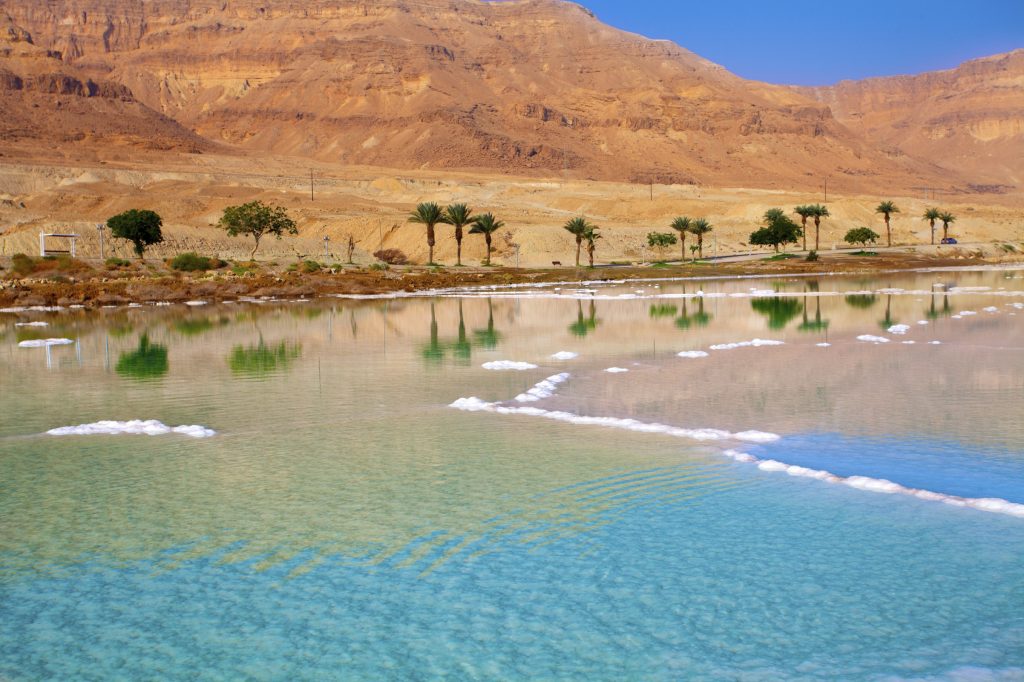
If those three seas aren’t enough, there is also the Sea of Galilee. Also known as Lake Tiberas, it is here where Jesus is said to have walked on water.
The Sea of Galilee is the lowest lying freshwater lake on earth, surrounded by artificial beaches and the magnificent backdrop of the hills of Galilee. First-century Roman historian, Flavius Josephus, was so impressed by the scenery surrounding the lake he wrote “one may call this place the ambition of nature”.
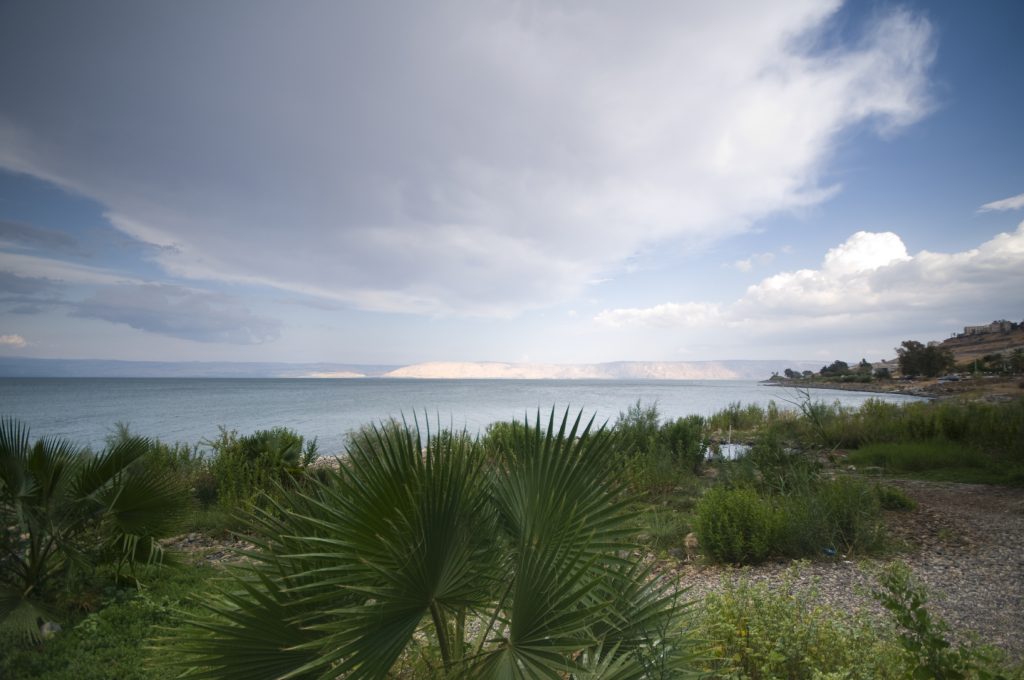
Jerusalem
One of the oldest cities in the world and the most visited in Israel, Jerusalem is considered the Holy city to three major religions, Judaism, Christianity and Islam.
The city has over 2000 archaeological sites and plenty more of religious significance. It’s one of the only places in the world where you will find a Synagogue and a Catholic Chapel sharing the same building on Hillel Street in Central Jerusalem.
Some of the highlights of Jerusalem include the Mount of Olives, the Western Wall and the Pool of Bethseda. The Mount of Olives is the site that Jesus is said to have ascended to heaven and the world’s oldest and most important continually used Jewish cemeteries.

The Western, or Wailing, Wall is a renowned site for prayers and pilgrimage and has been for centuries. There are over a million written prayers in the cracks of the Western Wall left by tourists every year. These prayers are collected twice a year and buried on the Mount of Olives.
The Pool of Bethseda, that is actually a series of reservoirs and medicinal pools is said to be the site of miracles. It has been identified as the scene of one of Jesus’ miracles in which he healed a paralysed man.
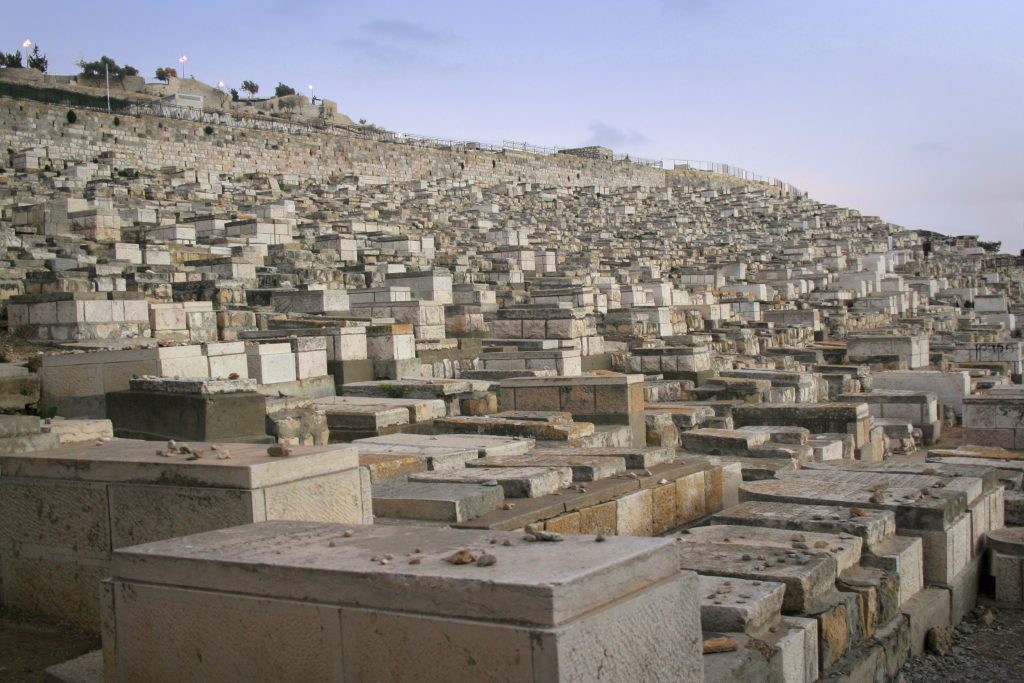
Jerusalem Syndrome
There is every chance you haven’t heard of Jerusalem Syndrome, but it is, in fact it, a well-documented medical condition in which 40 visitors a year are hospitalised. Brought on by the intensity of the holiest city, sufferers identify themselves as figures from their religious backgrounds such as King David with some even seeing themselves as the second coming of the Messiah.
Tour guides are often on the look-out for potential sufferers who show signs of agitation and drop away from the group. Recovery rate is said to be quick and once out of the city and back with their families and friends, Jerusalem Syndrome sufferers tend to get back to their usual selves.
However, for others, the syndrome turns over a new leaf with several tourists giving up jobs and lifestyles back home to be found living happily with the syndrome and still preaching on the streets urging tourists towards a better life.
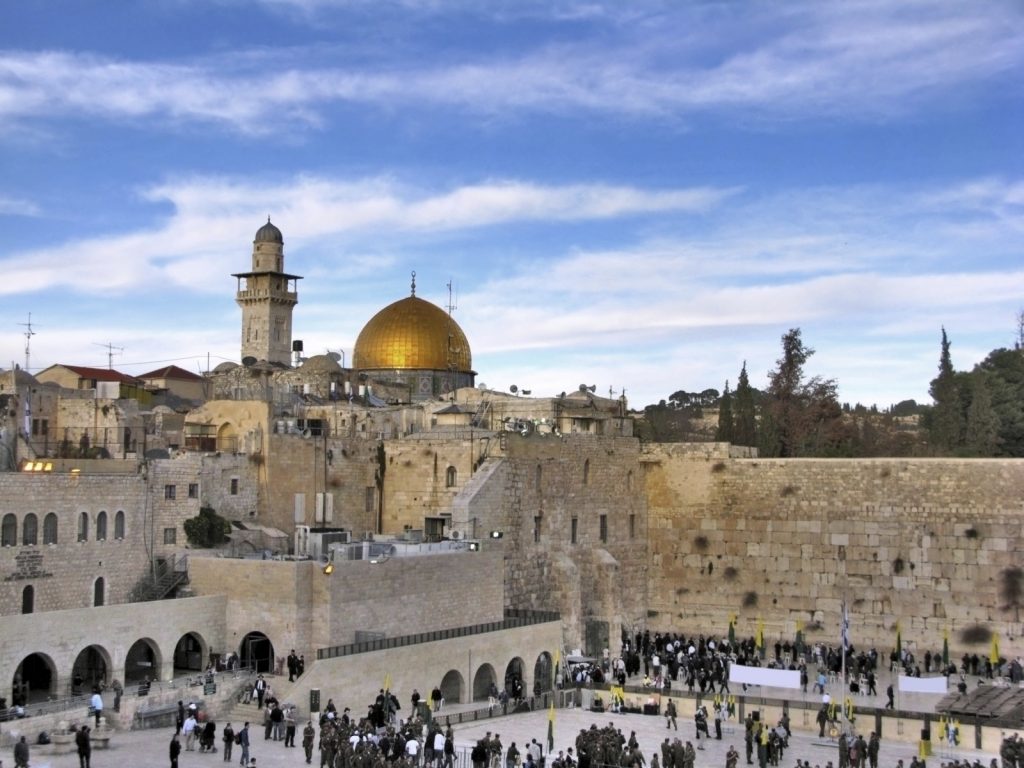
Israeli Cuisine
Whilst being on a tour of such religious and historical importance, it’s important to keep well fed. Luckily, the Israeli cuisine is not something to be scoffed at. Scoffed, maybe! A country where houmous flows as freely as water and you can taste an array of falafel made to every recipe, there’s plenty more on offer from street vendors and restaurants alike.

A Shwarma should be high on your agenda when it comes to eating like the locals. Similar to a Turkish kebab served in pitta bread with added houmous and the sesame seed dip, tehina. Israel doesn’t skimp on its wine production either, producing a Cabernet Sauvignon from the Upper Galilee region that has made the Top 100 Wines of 2014 list.
If you’re looking for something original, try sabras. Sabras is cactus fruit, thorny on the outside and sweet on the inside. Better known in English as the ‘Prickly Pear’, the cactus fruit is said to have several health benefits including treatment of diabetes, high cholesterol and even hangovers so it may be worth stocking up if you are keen to try out the Israeli wine.
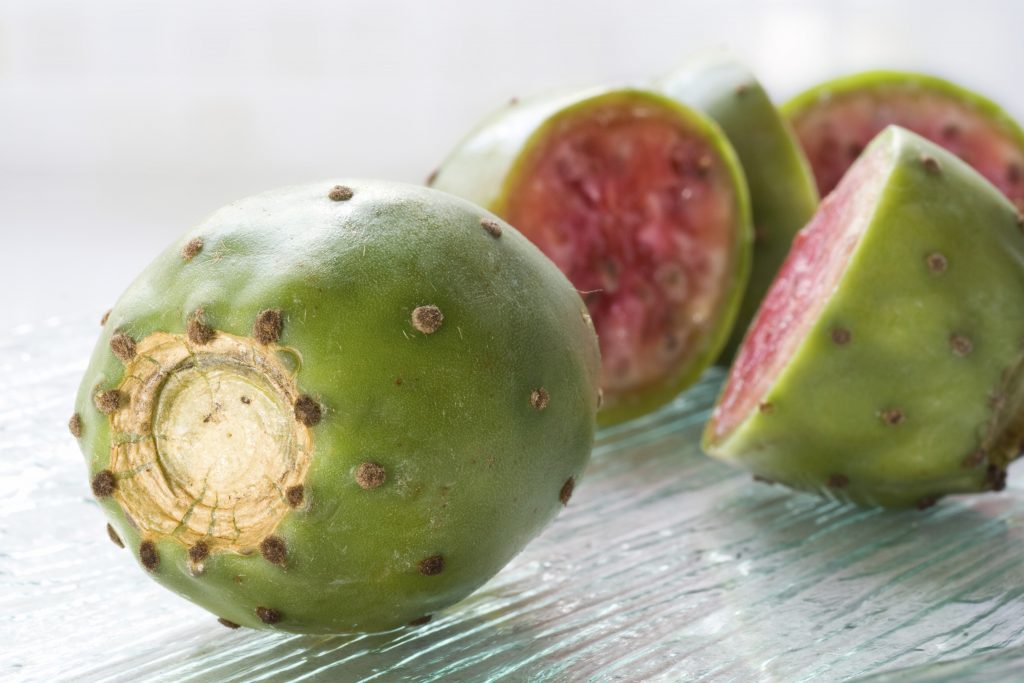
Ready to go? At Leger, we have two tours that head off to the Holy Land, Jerusalem and the Three Seas of Israel and Highlights of the Holy Land both taking you through some of the most spectacular places Israel has to offer.



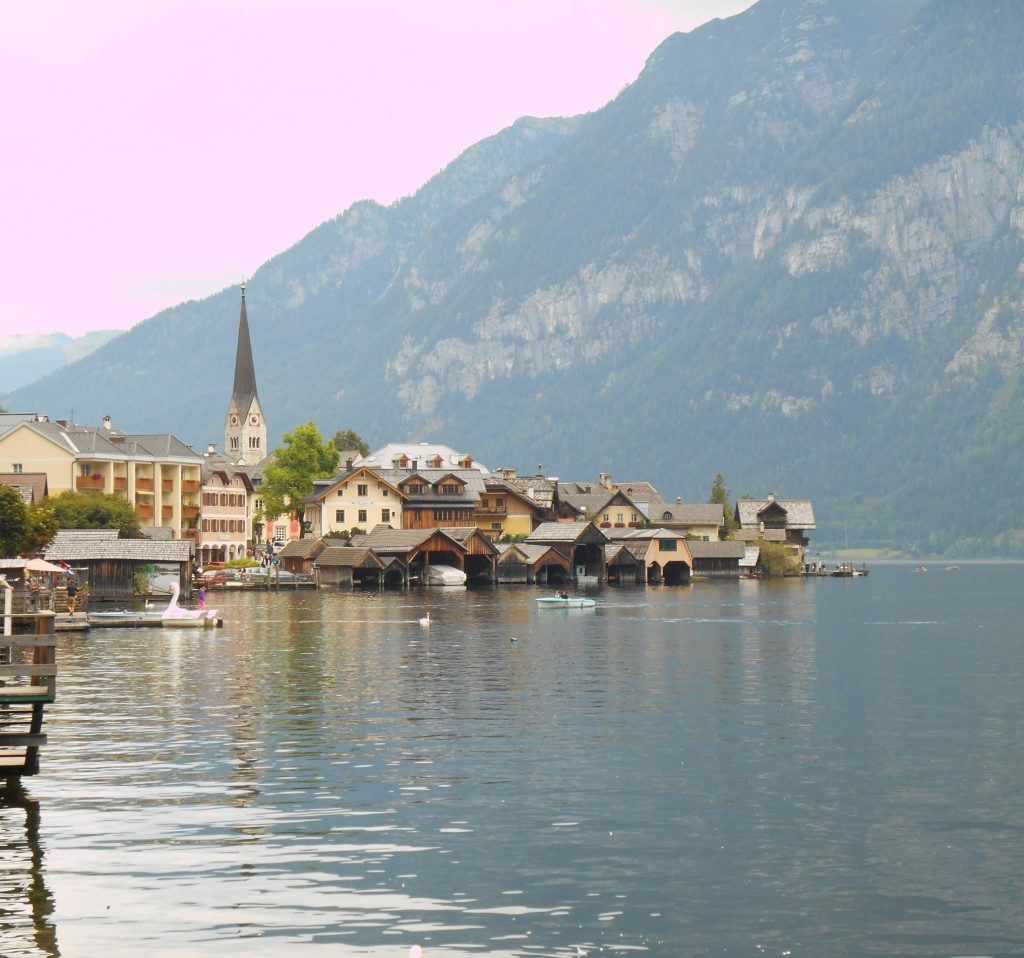
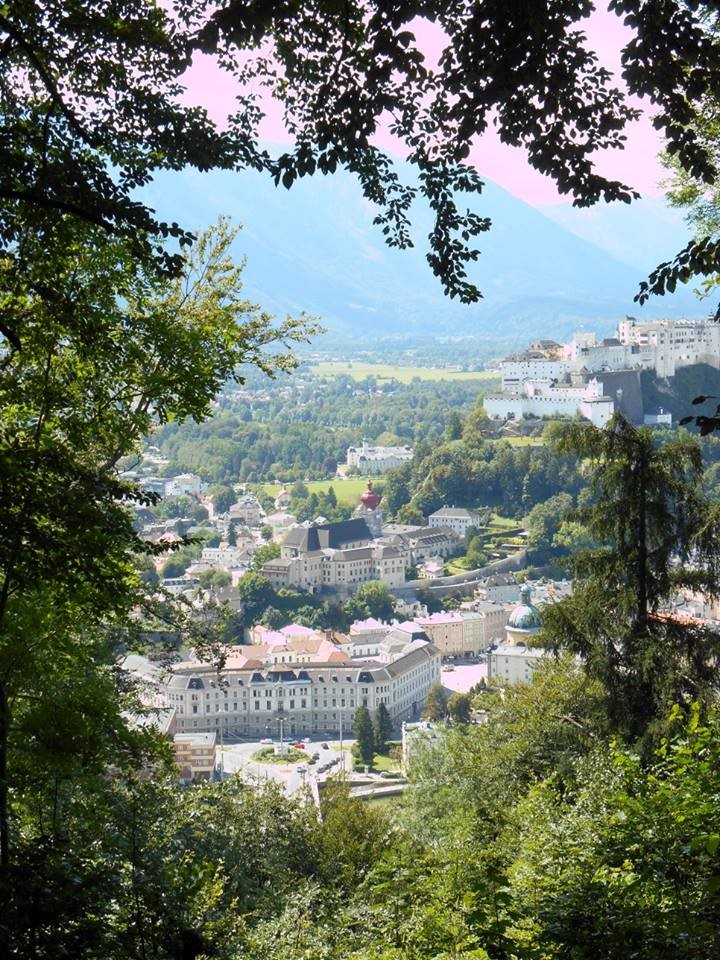
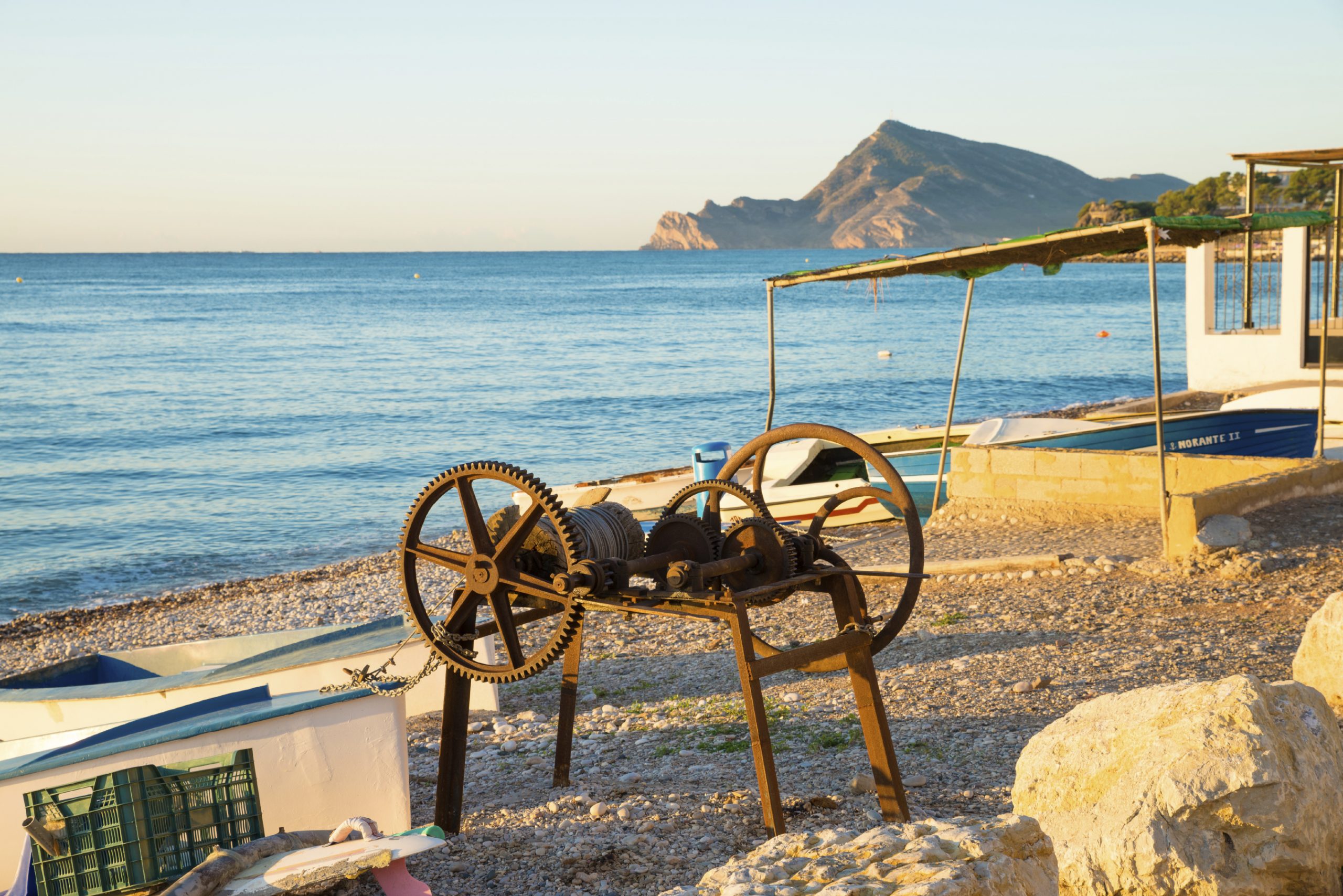
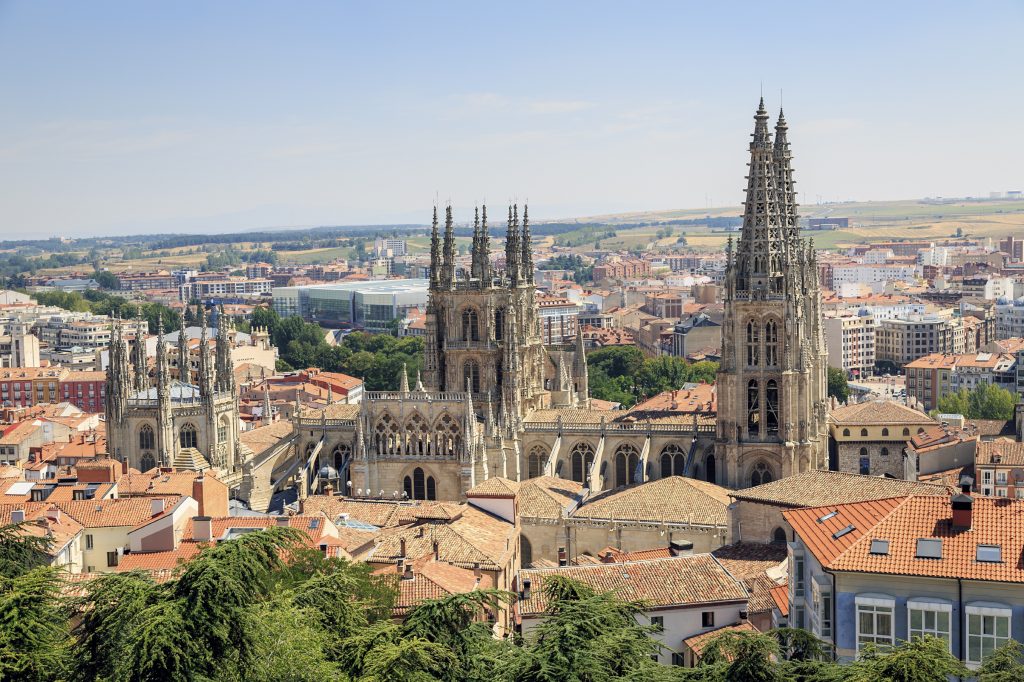 Burgos is also home to the Baby Jumping festival and, yes, you would be forgiven for being intrigued about the title. Known as the El Colacho, it has taken place every year since the 1620’s. The festival is free to join for any new born baby. Swaddled in blankets, they are laid on the ground where grown men, dressed as the devil, jump over the babies to cleanse them of evil spirits. The slightly bizarre festival is part of celebrations held nationally for the Catholic festival of Corpus Christi.
Burgos is also home to the Baby Jumping festival and, yes, you would be forgiven for being intrigued about the title. Known as the El Colacho, it has taken place every year since the 1620’s. The festival is free to join for any new born baby. Swaddled in blankets, they are laid on the ground where grown men, dressed as the devil, jump over the babies to cleanse them of evil spirits. The slightly bizarre festival is part of celebrations held nationally for the Catholic festival of Corpus Christi.

 Whilst in Alicante, you will be drawn to the Santa Barbara Castle. One of Europe’s largest Fortresses. Perched on the top of Mount Benacantil, it has everything you’d imagine from a medieval castle from cannons, dungeons and even a moat. Best of all it offers fabulous views across the city. Or, of course, you could savour the moment and take advantage of the beautiful sandy beaches.
Whilst in Alicante, you will be drawn to the Santa Barbara Castle. One of Europe’s largest Fortresses. Perched on the top of Mount Benacantil, it has everything you’d imagine from a medieval castle from cannons, dungeons and even a moat. Best of all it offers fabulous views across the city. Or, of course, you could savour the moment and take advantage of the beautiful sandy beaches.
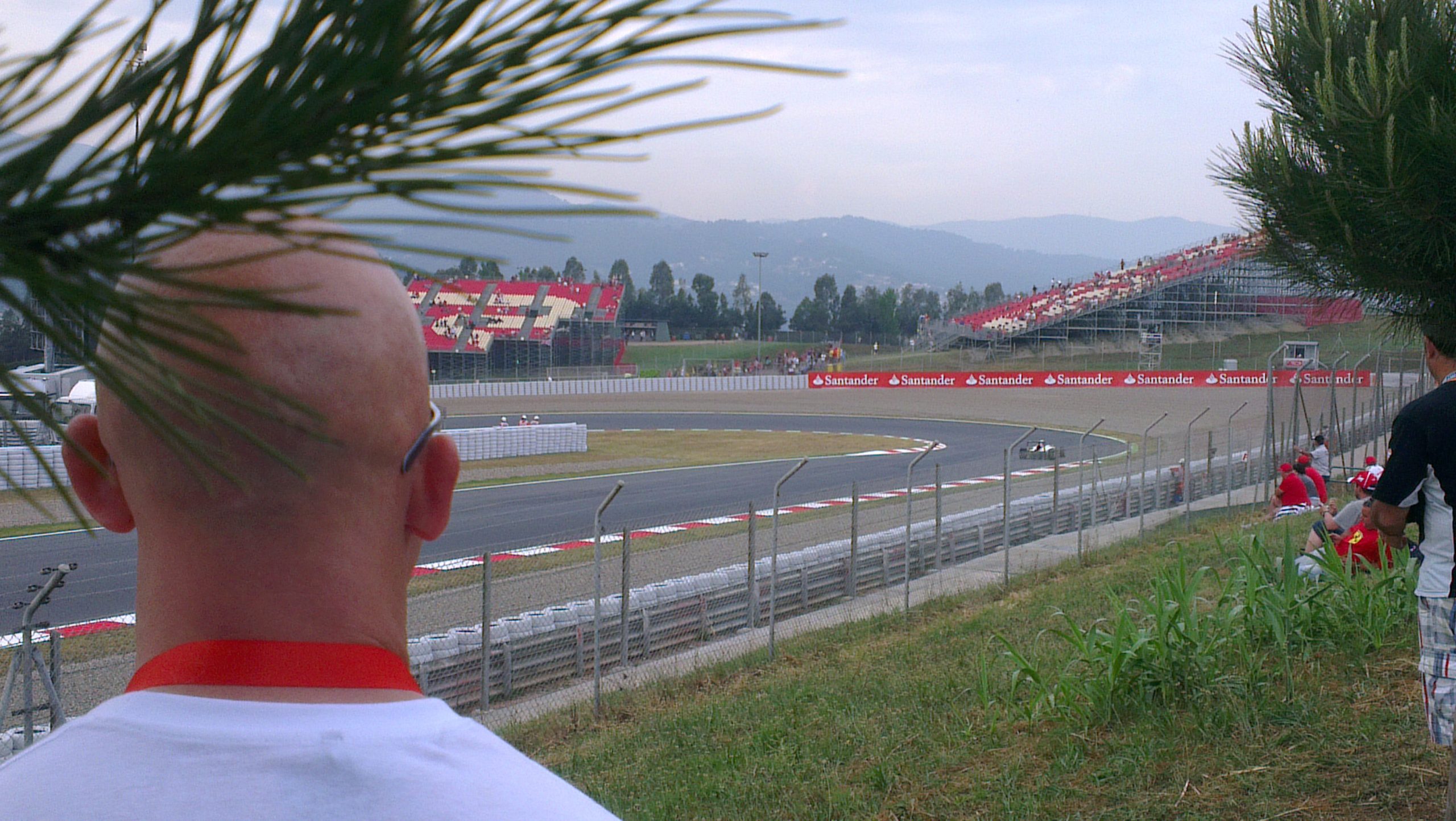
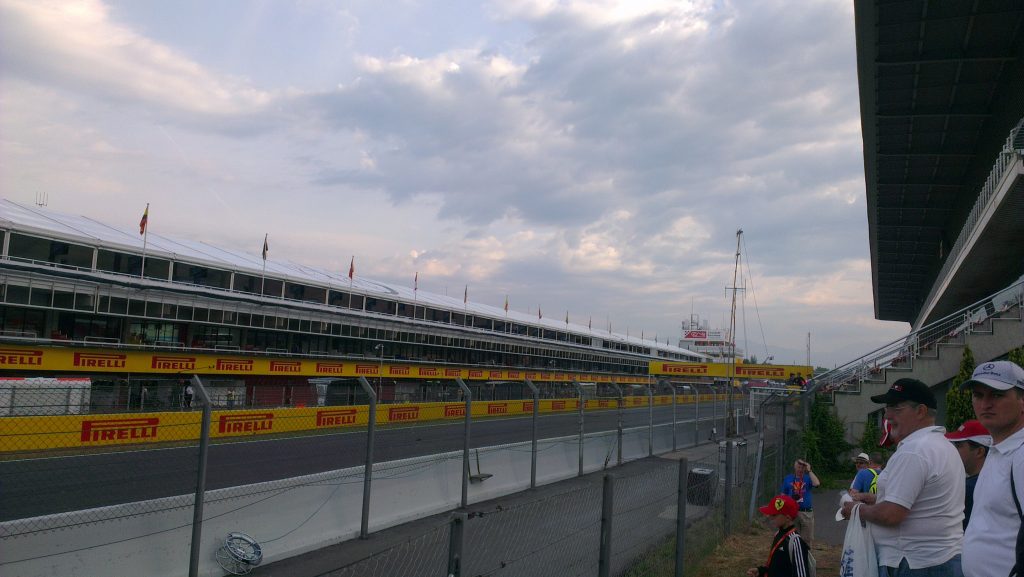 How long have you been interested In Formula One?
How long have you been interested In Formula One?